We have much more to do and your continued support is needed now more than ever.
How Regenerative Ranching Can Help Save Salmon
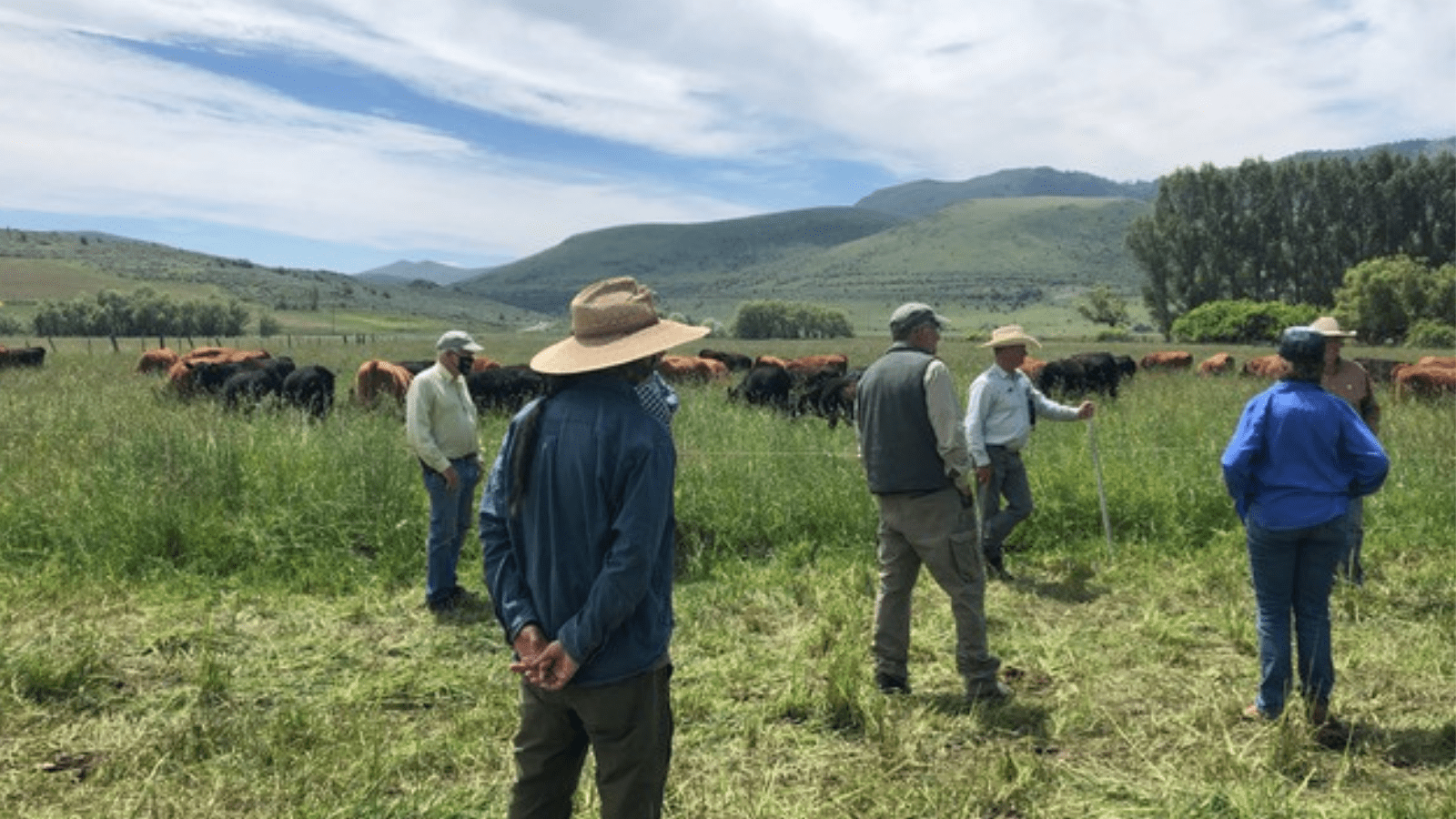
Across the Pacific Northwest, the call to save salmon has grown.
According to Washington’s State of Salmon in Watersheds 2020 report, some populations of these iconic fish are close to extinction in the region, even though they remain critical to our nation’s economy, culture, and environment,.
It’s no surprise that salmon need healthy, flowing rivers to survive. However, an unexpected connection has emerged: Ranchers. Land stewardship practices can play an essential role to preserve the clean rivers that salmon depend on for survival.
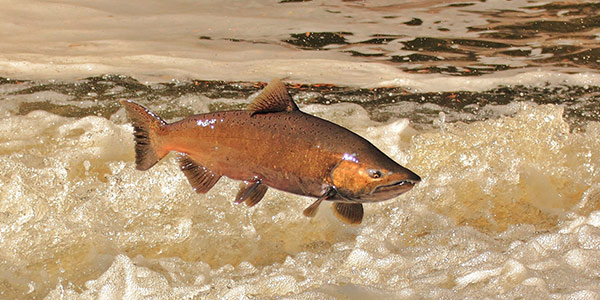
Salmon country
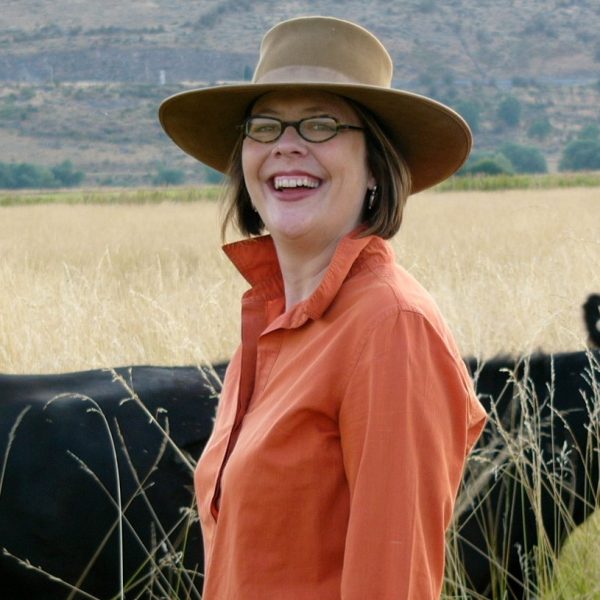
Meet Andrea Malmberg, a rancher in northeast Oregon who is at the forefront of regenerative agriculture. Her practices have restored acres of land while giving water back to the salmon who swim past her pastures.
“Regenerative agriculture is the process of repairing and reparations,” Malmberg says.
The land that Malmberg owns is in salmon country. Catherine Creek, the river that flows through her land, is especially important for the threatened spring Chinook salmon.
Thousands of fish would come up each year to spawn, die, and swim out into the flood plains that are vital to the salmon life cycle.
However, with the Snake River dams slowing these originally flowing rivers, salmon are deprived of the habitat they need to survive. The enormous nutrient cycling that was provided yearly from salmon runs has dwindled.
“There’s not enough death, decay, and rebirth that is happening,” Malmberg says. “Regenerative agriculture, for me, is really trying to repair that process as much as I can.”
And it all starts where we might least expect it: in the gut of an animal.
Knit Landscapes
Malmberg’s land was historically covered in grasslands and wetlands, teeming with wildlife like migratory elk that grazed the landscape and beavers that boosted the local ecological diversity.
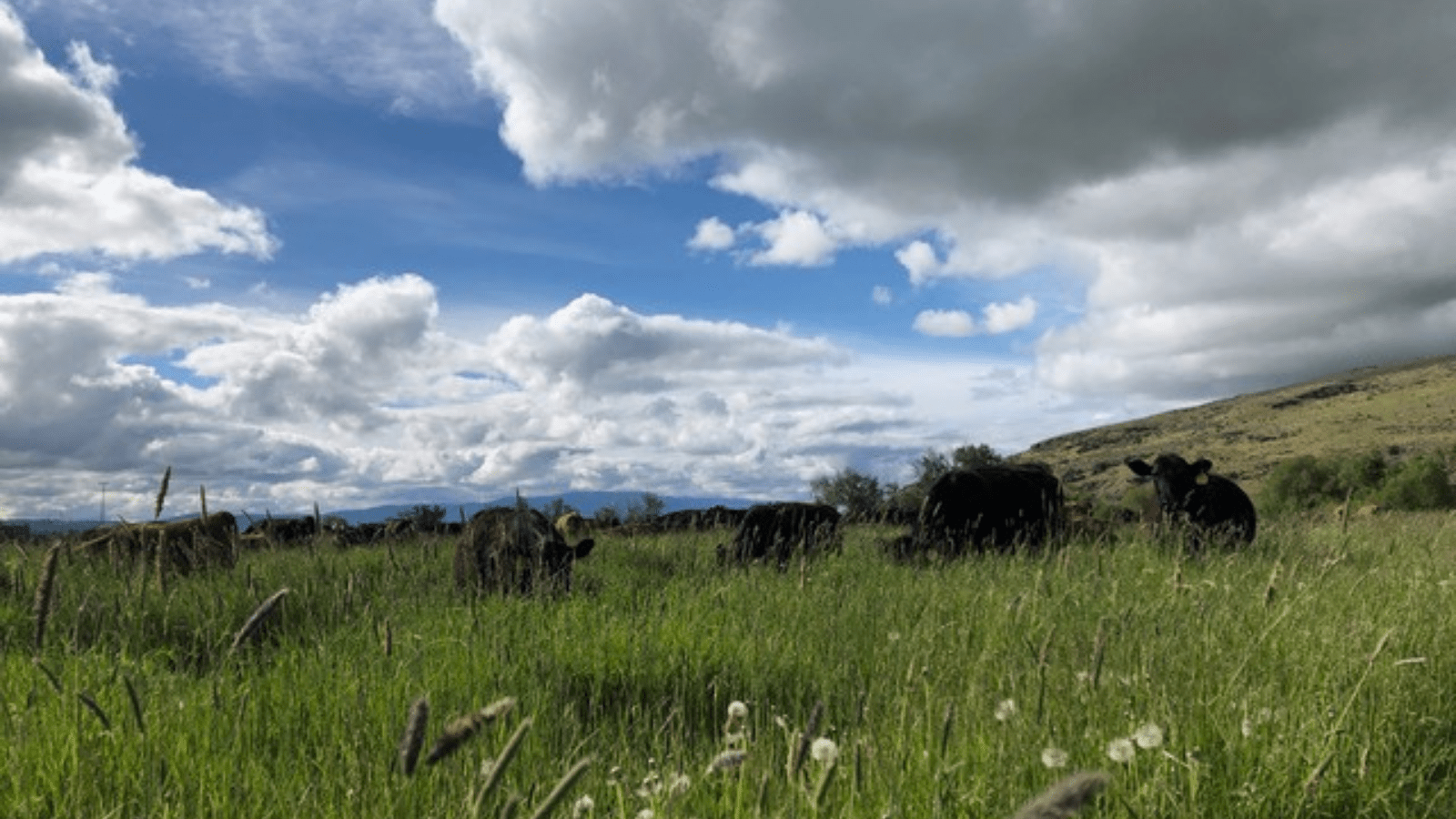
The settlement of and the introduction of ranching practices altered the landscape of northeastern Oregon. Traditional modern ranching practices put pressure on the land through the overgrazing and overresting of plants. To return her pastures closer to their natural, flourishing state, Malmberg uses regenerative ranching to mimic the behavior of migratory grazing herbivores such as elk. She keeps her livestock grouped and moves them frequently so the grass plants are experiencing grazing.
The first grazing stimulates the grass plants, and when the livestock are removed, the roots are able to expand and the plants are able to recover.
“Grass plants need to be rejuvenated through the warm gut of an animal,” Malmberg says.
Once the original grazing ends, the animal saliva, dung, and urine all cycle back into the soil. Insects like beetles and ants are able to take these remnants and recirculate them, and the massive plant material they contain, back into the soil.
Catherine Creek
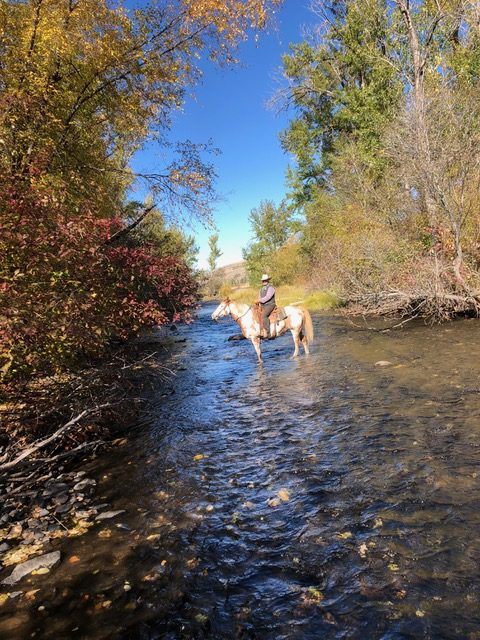
When Malmberg first bought her land twelve years ago, the landscape was severely degraded by lots of irrigation from Catherine Creek. The soil was dry, even with severe hydration. Aquatic plants overran the land as a result, producing a lot of plants inedible to animals. With regenerative ranching, Malmberg didn’t need the extra irrigation to produce healthy soils.
“We ended up releasing our water back into the stream for primarily salmon runs,” Malmberg says, “Salmon need that cool water in order to survive. They need the deeper pools.”
Native plants that animals could eat came back as a result. Flowering plants reappeared, bringing with them more pollinators. Salmon received more water and Malmberg’s ranch increased its profit.
“We were able to double our production in ten years without any irrigation water,” Malmberg says.
Teaching Regenerative Ranching
Today, Malmberg works with other ranchers and organizations to help facilitate and teach regenerative ranching. One of these organizations is Blue Mountain Land Trust which provides its conservation services across the Pacific Northwest.
Conservation director Amanda Martino says that 13,600 acres of land and 21 miles of rivers and streams are protected under Blue Mountain Land Trust, located in the Blue Mountain region in Oregon and Washington. The organization works with landowners to protect their land through conservation easements:
“A voluntary agreement that protects natural resources from unwanted development and fragmentation…The land can be sold or passed on to heirs. The conservation easement transfers with it, protecting the land forever.”
Martino says that these lands often have large amounts of wildlife and fish, like salmon.
“In addition to protecting the properties from being subdivided and developed,” Martino says, “we are also protecting critical fish and wildlife habitat…like salmon spawning habitat and streams.”
Martino says that she was blown away when she first encountered Malmberg’s regenerative ranching tactics. Today, Malmberg continues to work with Blue Mountain Land Trust through workshops and contracts where they help implement her grazing plan.
Salmon-safe shopping
For readers in the Pacific Northwest looking to support the salmon runs, Malmberg encourages individuals to know where their food and materials come from. Specifically for salmon, individuals can look for the label by Salmon-Safe, an organization that works with farmers, vineyards, and landowners to provide an ecolabel to those who commit to salmon-safe practices.
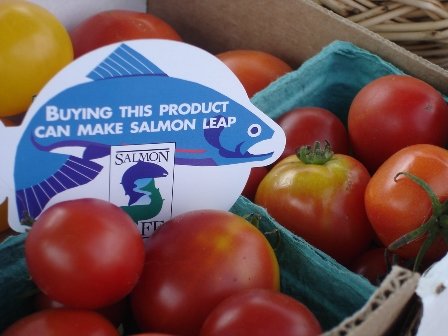
Outreach leader Kevin Scribner says their label helps consumers make an eco-friendly choice.
“We give the consumer the ability to choose between products,” Scribner says. “And that choice will hopefully reward growers who are working to benefit salmon.”
Not a resident of the Pacific Northwest but want to make a difference? Take the pledge to help save wild salmon.





















